GPCR/G protein

All GPCRs share a common seven trans-membrane structure. GPCRs are associated with heterotrimeric G-proteins which are GTP-binding proteins made of alpha, beta, and gamma subunits. When a ligand binds to GPCR, it activates the attached G-protein, the GDP is replaced with GTP. The activated G-protein then dissociates into an alpha and a beta-gamma complex which activates downstream signaling pathways. These intracellular signaling pathways include cAMP/PKA, calcium/NFAT, phospholipase C, protein tyrosine kinases, MAP kinases, PI-3-kinase, nitric oxide/cGMP, Rho, and JAK/STAT.
GPCRs are one of the most important therapeutic targets for various diseases, over 30% of all modern medicinal drugs target this family. Aberrant GPCR functions are involved in pathological conditions such as neurological, immunological and hormonal disorders. A large number of GPCRs have been identified, but whose ligands are not known, are classified as orphan receptors.
-
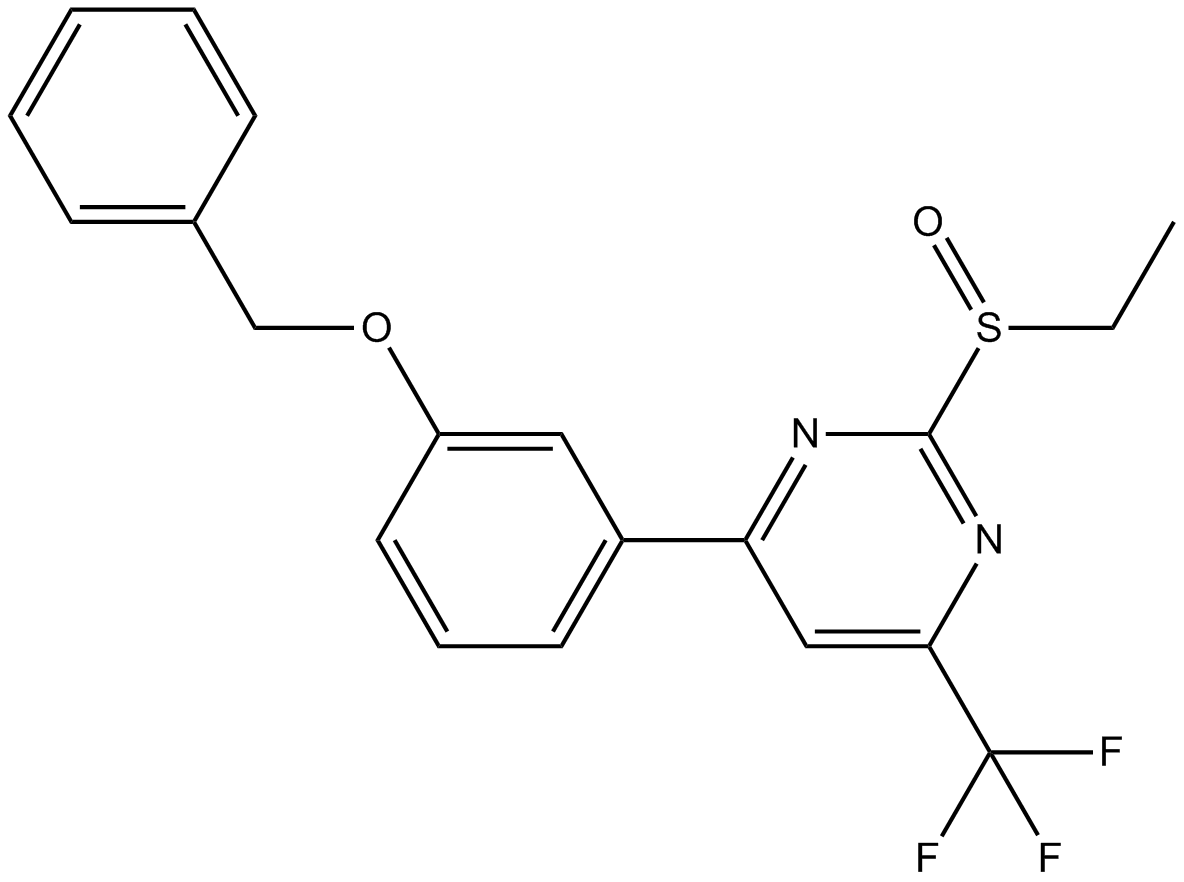 B5710 BETPSummary: glucagon-like peptide 1 (GLP-1) receptor modulator
B5710 BETPSummary: glucagon-like peptide 1 (GLP-1) receptor modulator -
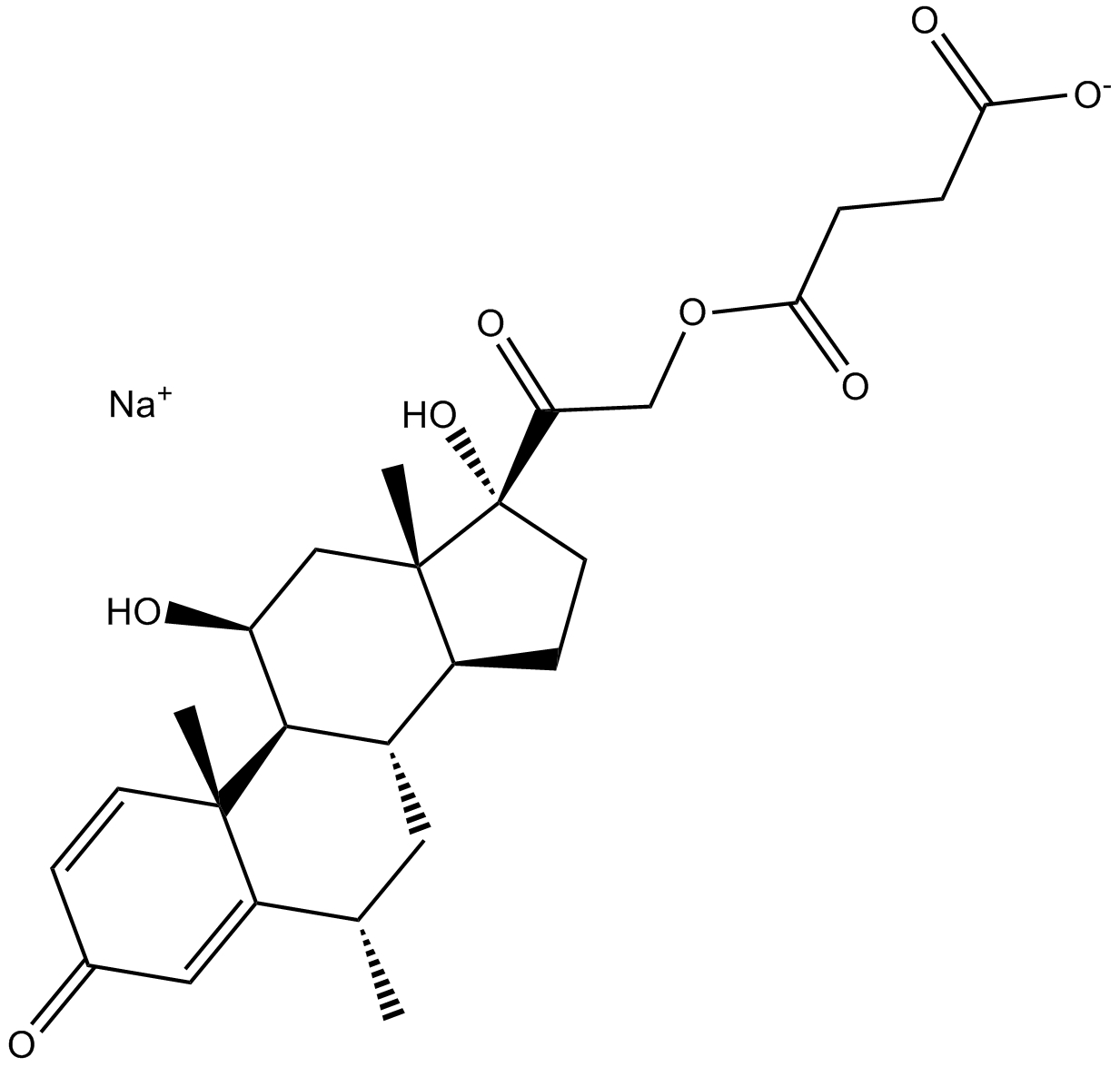 B4953 Methylprednisolone Sodium SuccinateTarget: Glucocorticoid ReceptorsSummary: glucocorticoid
B4953 Methylprednisolone Sodium SuccinateTarget: Glucocorticoid ReceptorsSummary: glucocorticoid -
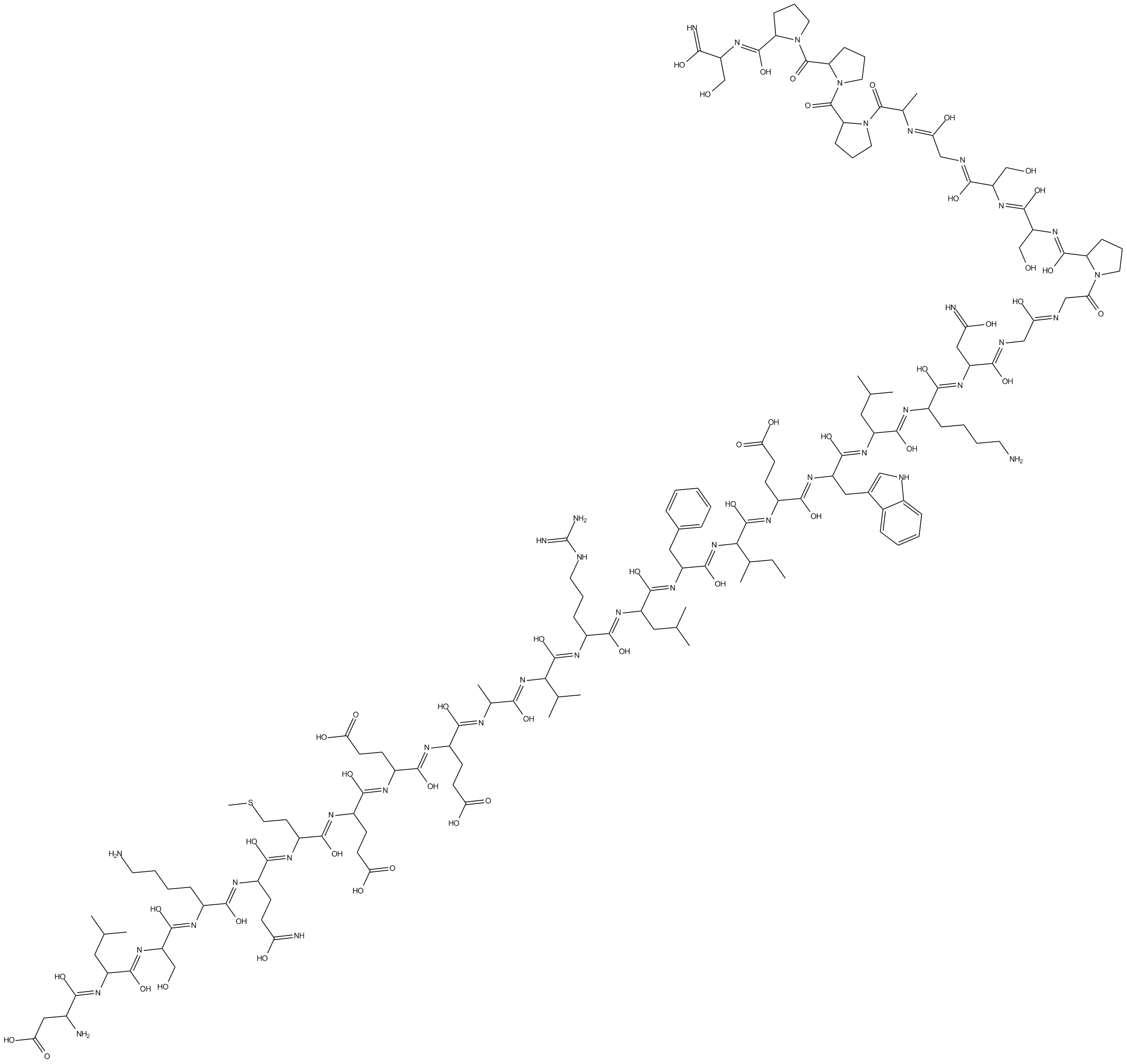 B6943 Exendin-3 (9-39) amide1 CitationTarget: Glucagon-like peptide 1 (GLP-1) receptorsSummary: GLP-1 receptor antagonist
B6943 Exendin-3 (9-39) amide1 CitationTarget: Glucagon-like peptide 1 (GLP-1) receptorsSummary: GLP-1 receptor antagonist -
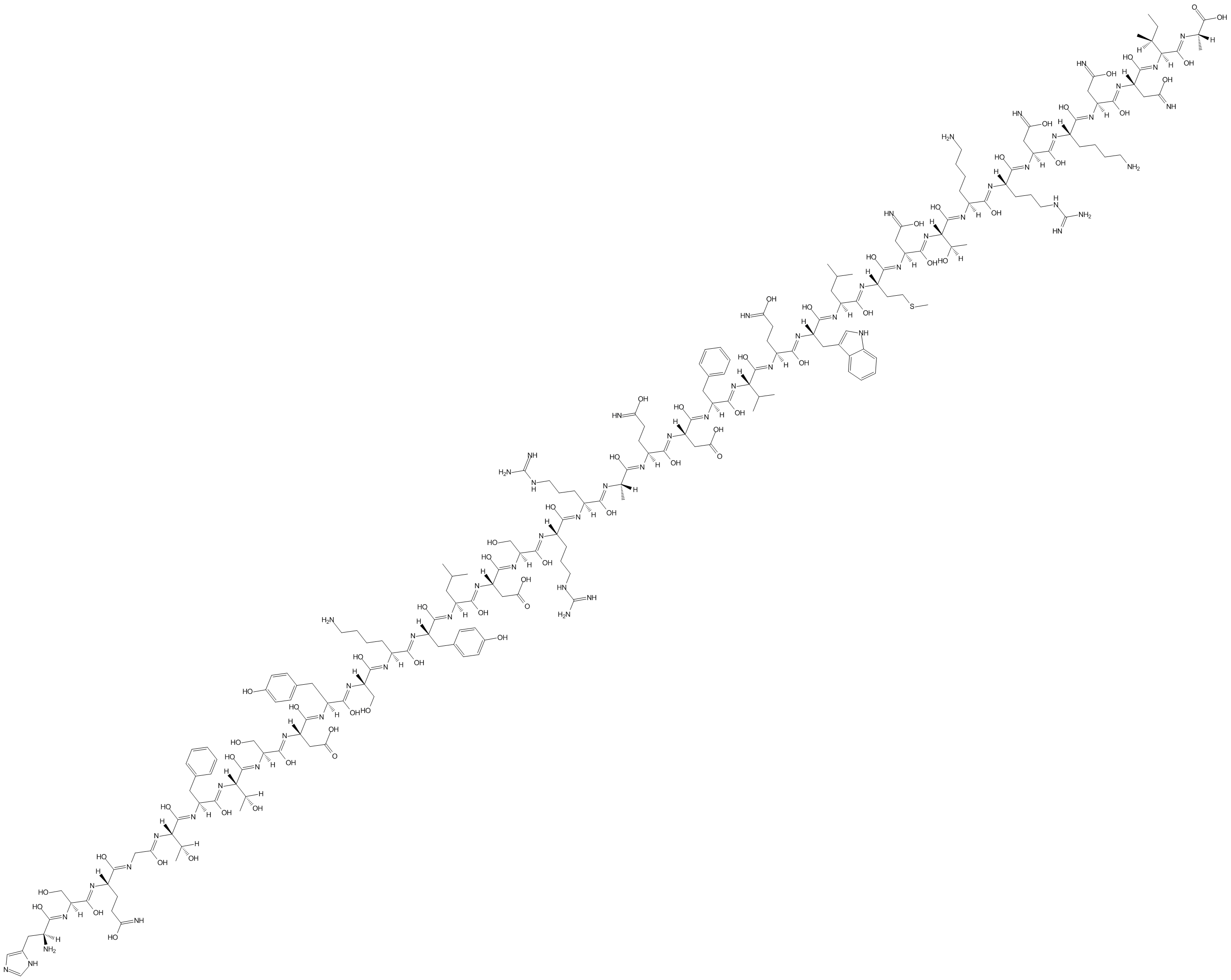 B5259 OxyntomodulinSummary: Endogenous glucagon-like peptide that modulates feeding and metabolism
B5259 OxyntomodulinSummary: Endogenous glucagon-like peptide that modulates feeding and metabolism -
![des-His1-[Glu9]-Glucagon (1-29) amide](/pub/media/prod_images/b/5/b5273.png) B5273 des-His1-[Glu9]-Glucagon (1-29) amideSummary: Glucagon receptor antagonist
B5273 des-His1-[Glu9]-Glucagon (1-29) amideSummary: Glucagon receptor antagonist -
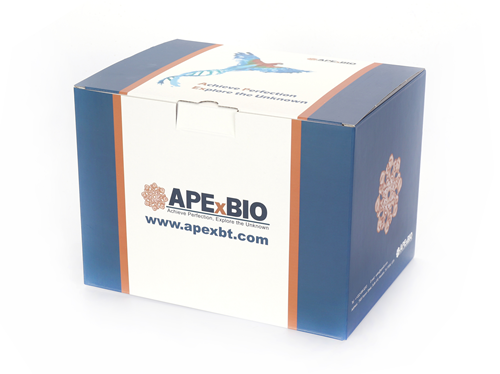 B5281 GLP-2 (human)Summary: intestinal epithelium-specific growth factor
B5281 GLP-2 (human)Summary: intestinal epithelium-specific growth factor -
 B5282 GLP-2 (rat)Target: GLP-2 receptorSummary: intestinal epithelium-specific growth factor
B5282 GLP-2 (rat)Target: GLP-2 receptorSummary: intestinal epithelium-specific growth factor -
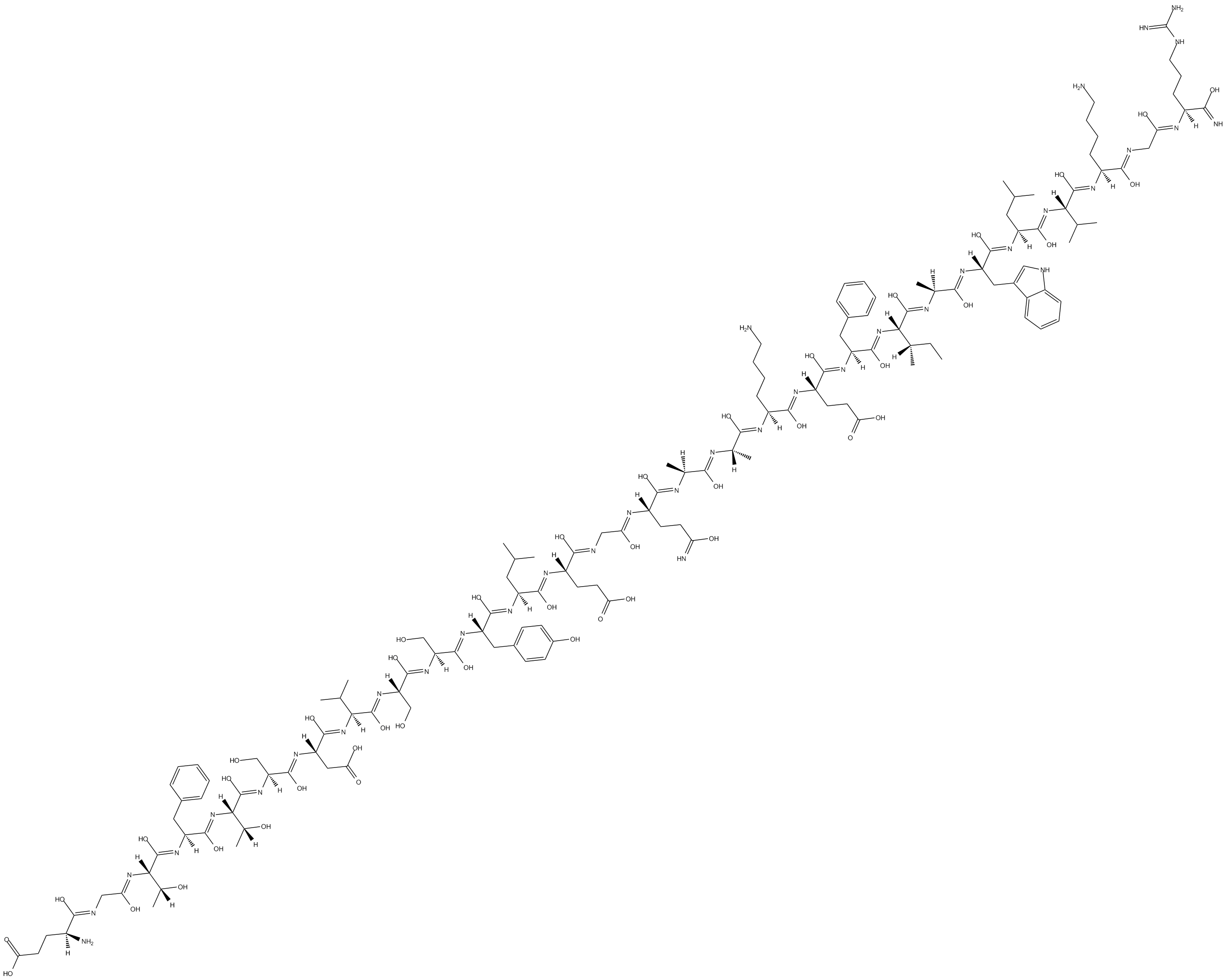 B5404 GLP-1 (9-36) amideSummary: antagonist at the human GLP-1 receptor
B5404 GLP-1 (9-36) amideSummary: antagonist at the human GLP-1 receptor -
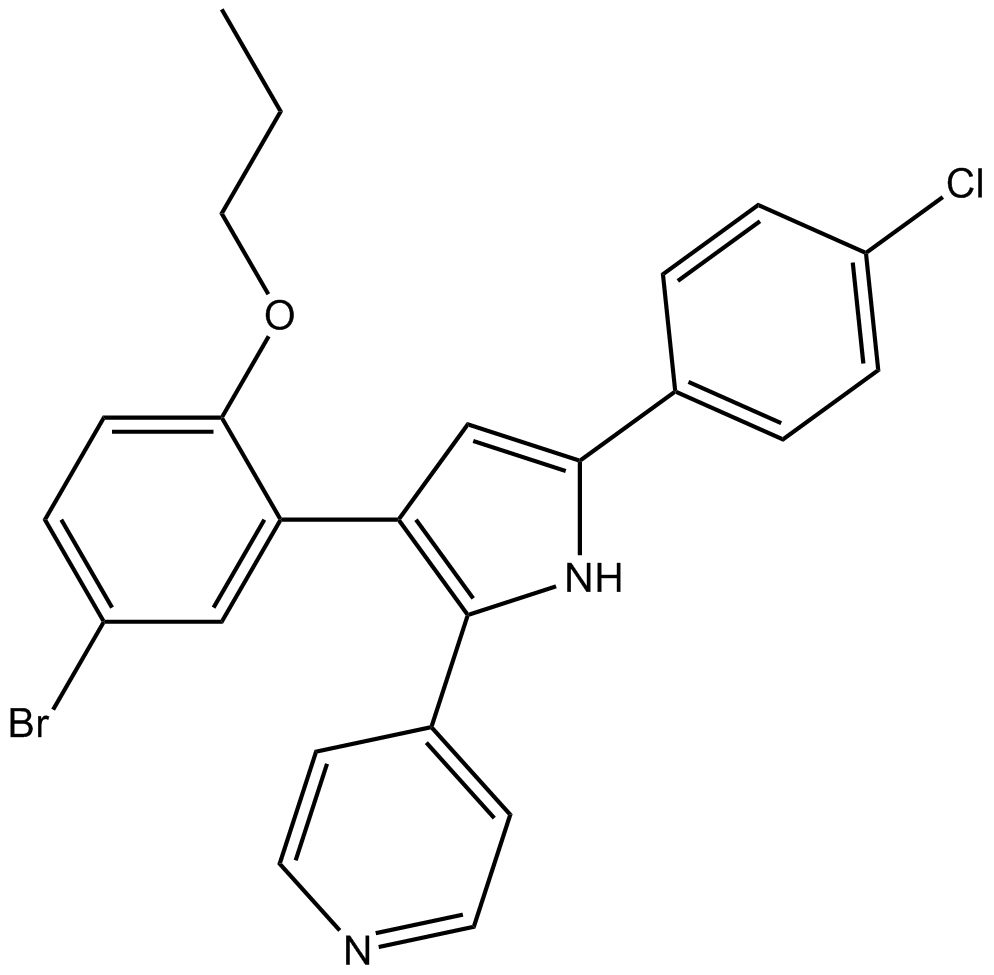 B7014 L-168,049Summary: human glucagon receptor (hGR) antagonist
B7014 L-168,049Summary: human glucagon receptor (hGR) antagonist -
 A3408 Exendin-4Target: Glucagon-like peptide 1 (GLP-1) receptorsSummary: GLP-1 activator
A3408 Exendin-4Target: Glucagon-like peptide 1 (GLP-1) receptorsSummary: GLP-1 activator

